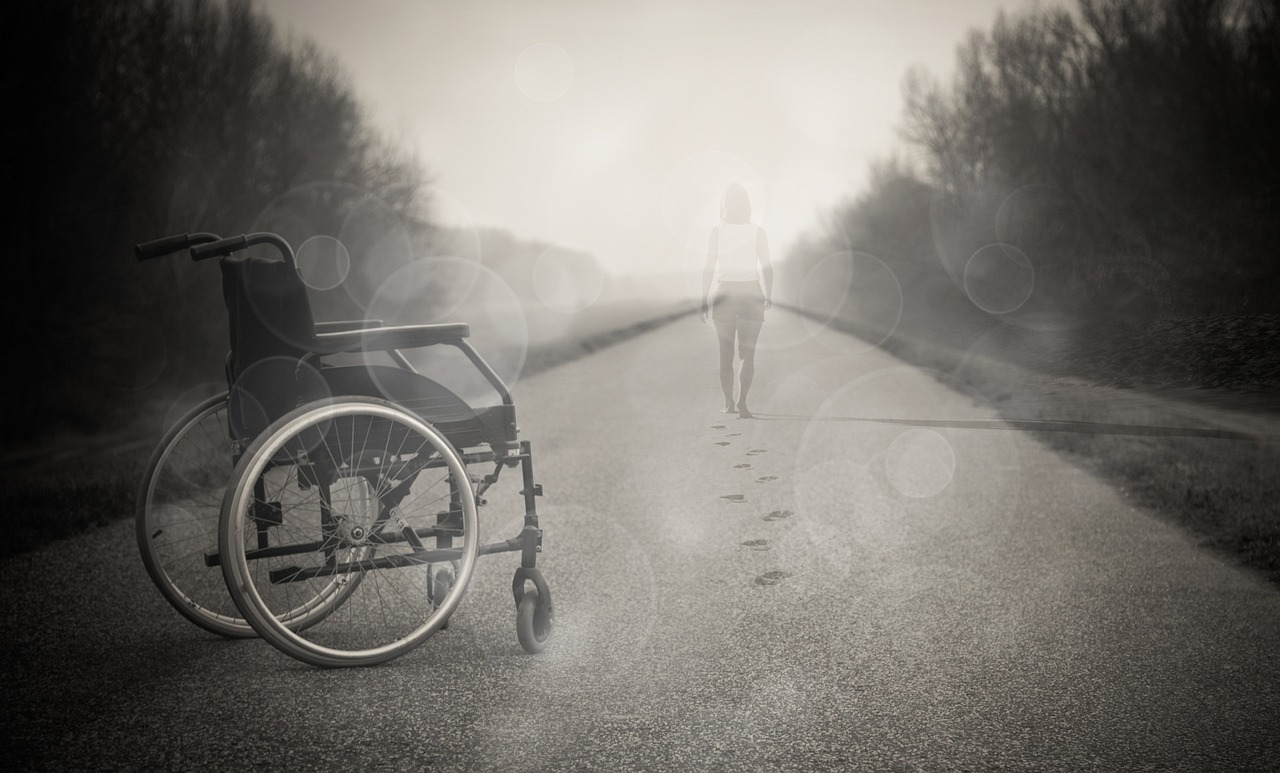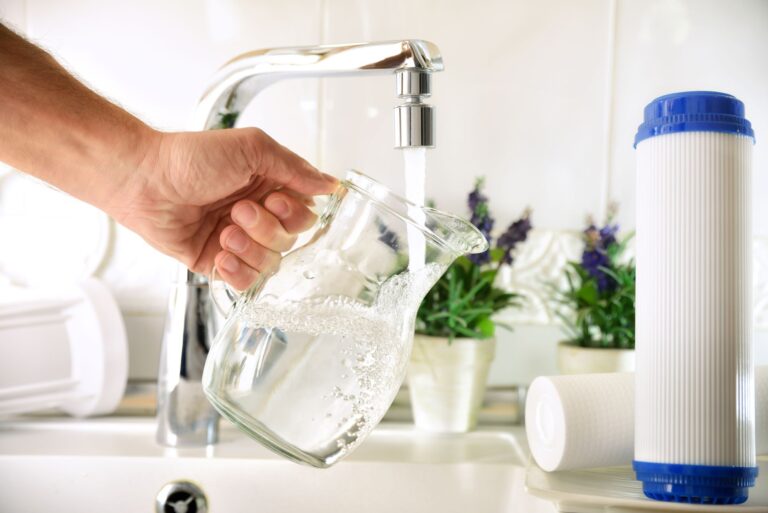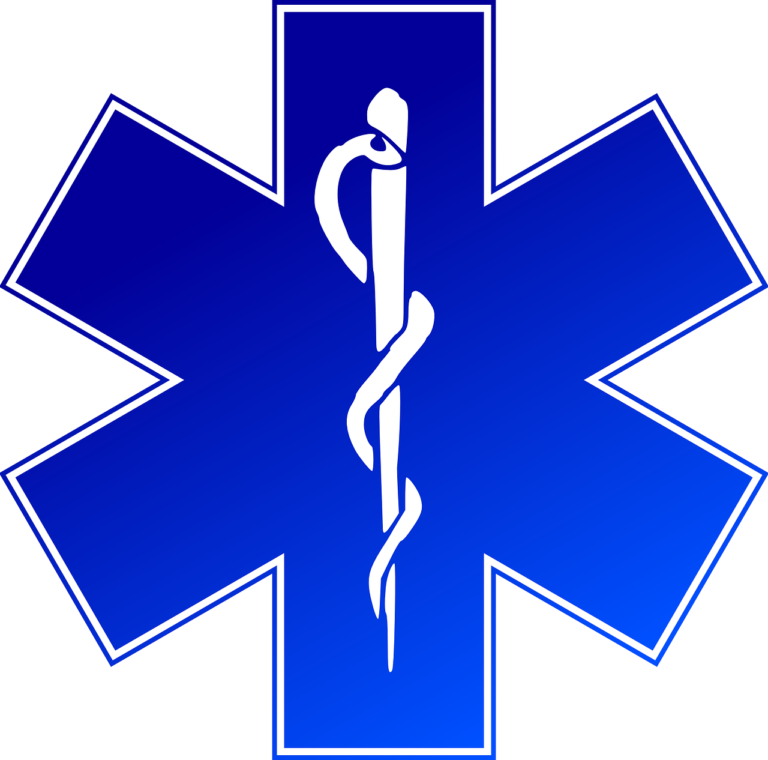What Equipment is Used to Transport Patients?
Patient transport equipment is used to safely shift patients who are too ill or injured to move on their own. Typical patient transport equipment includes hospital beds, stretchers, and wheelchairs.
According to Around the Sound, patient lifts with a sling seat are best for heavier or immobile patients as they take the physical strain off caregivers. A transfer belt is a simple patient transport device for patients who cannot walk.
Wheelchair
The wheelchair is one of the most common pieces of medical equipment used to transport patients. Hospitals typically use special transport wheelchairs that have features not found on regular wheelchairs to ensure the safety of patients. These extra features help keep the patient secure in the chair, making it more difficult to fall out or slip from the seat while moving.
Transport wheelchairs also typically have a reclining feature that allows the patient to lean backward in the chair for more comfort while traveling or relaxing. This is especially important for elderly or disabled patients who may be prone to slumping and falling out of their chairs. Other features include safety belts that can help keep a patient snugly in the chair and footrests to prevent their feet from dangling off the ground as they move.
Many hospital transport chairs have locking brakes for added safety, which are operated by a caregiver using handles that are attached to the chair. This can help prevent the user from accidentally putting his hands on the rails as he gets in or out of the chair, which could cause him to become disoriented or injured.
Hospital wheelchairs are designed to be foldable so they can be easily stowed away in the hallways or rooms of a hospital when not in use. This helps to save space and avoid tripping hazards for the other staff members who need to get around the patient. Many models are equipped with flip-up or removable armrests to make transferring to beds, furniture, and vehicles easier.
If a hospital wants to add more comfort for their patients, they can opt to buy bariatric wheelchairs that are specifically designed to support larger users. These chairs are often constructed with steel for strength and have large wheels in the rear to support heavier weights. They may also have additional features that improve the patient’s experience, such as flat-free tires to reduce the risk of injuries if they puncture during transport.
Another option is a power assist wheelchair that can be used to help maneuver patients through hallways or up and down ramps. These can be a lifesaver for healthcare professionals who might otherwise strain or injure themselves when pushing heavy loads of patients through crowded hospitals.
Stretcher
A stretcher is a wheeled bed usually used in emergency rooms to transfer patients. Its dimensions and specifications vary, depending on the medical facility’s needs. Generally, the stretcher is made of an inner pad or mattress and a frame. The mattress is often designed using medium firm high-density foam to ensure the patient has a comfortable ride. The frame is usually adjustable to allow for height, wheels, track, and frame adjustments.
Many different types of stretchers, such as a standard stretcher or a trauma or spinal board, can be used. The latter is typically used to provide rigid support for patients who have been injured or are suspected of having spinal injuries, and it can be fitted with a spider harness and head blocks for additional securing purposes. Both of these types of stretchers are designed to be easily transported through hospital corridors, doorways, and even lifts.
These are typically lighter in construction than traditional hospital ward beds, making them easier to maneuver. In addition, they are often designed to be easily cleaned, a necessary requirement to comply with infection control standards. As such, they are also more easily able to be used on a daily basis for high-patient throughput in both day procedures and emergency care.
Despite the fact that some patients can be safely transferred from one piece of equipment to another, there are often cases when a more elaborate system must be used. For example, if the patient has severe back problems that prevent them from sitting upright in a chair, they will need to be moved onto a Hoyer lift. This comprises a base with four legs, a sling seat, and a hydraulic mechanism. The sling is then positioned around the patient’s chest, and the base is then pushed against the foot of the bed so that it can be lifted up into position over the stretcher.
When a patient is transported between locations, it is important to make sure that they are monitored throughout the process, particularly if they have any underlying health conditions. Portable patient monitors can be used to measure and display key parameters such as heart rate, blood pressure, and temperature to help paramedics make quick decisions while on the move. In addition, they can be fitted with a defibrillator to administer shocks to patients who are suffering from cardiac arrest.
Slider Board
A slider board is a flat piece of equipment that’s used to transfer patients between surfaces. It’s a great way to prevent musculoskeletal injuries for carers and patients alike. This patient transport equipment is particularly helpful when transferring from a bed to a chair or from a cot into a wheelchair. A sliding board can also be used when transferring a patient to a shower or bathtub.
This full-length patient slide board makes transferring easier than ever before. Its simple design and crescent shape help to facilitate the natural transfer motion. It is designed with a reversible plastic wheel cover to minimize skin damage when transferring over the wheels. Its storage hole is located at one end for simple and safe storage. The board is made from 3/16” thick high-density polyethylene and is radiolucent for X-ray imaging. It is easy to clean and disinfect and has a low-friction upper surface to reduce friction between the individual’s clothing and the sliding board.
When transferring a patient using a slide board, it’s important to make sure that the environment is set up properly. Ideally, the surfaces should be on the same level or slightly downhill to decrease effort and minimize the risk of injury. Having the right clothing on is also crucial, preferably something loose and comfortable. Avoid nylon and other fabrics that are likely to cause friction between the individual’s body and the transfer sheet or sliding board.
Another option for transferring a patient is to use a Hoyer lift. This equipment consists of a base with four legs, a sling seat, and a hydraulic lifting mechanism. The patient is seated in the sling seat, and the base is positioned next to the bed. The hydraulic lift is then used to lift the patient out of the bed and into the chair.
Safe patient handling has become a priority for healthcare providers. This is especially true if they’re dealing with medical emergencies and situations where the patients may be at high risk for falls or other complications. Emergency Medical Products has all the patient handling and transport equipment you need to keep your patients safe. Shop online for wheelchairs, ambulance cots, stretchers, and patient restraints and cot accessories.
Transfer Assist Trolley
For immobile patients, there are a variety of aids available to make it easier for them to move from one location to another. These include transfer blankets and slings that allow a team of caregivers to handle the patient during a transfer. For more complex moves, a patient lift can be used. These lifts take the physical strain of transferring a patient off caregivers and provide a safe and comfortable transfer experience for the patient.
Some of the most commonly used equipment for transporting patients include wheelchairs, stretchers, and transfer trolleys. Transfer trolleys help reduce physical strain on both the carer and the patient and can be a good choice for shorter transfers. They are lightweight and easy to maneuver. They also offer a number of safety features, such as brakes and a diverse and soft handle.
When it comes to longer transfers, a wheelchair or a stretcher might be a better option. Regardless of the type of transportation chosen, all intrahospital transports should be carefully organized and planned to prevent inadvertent errors. This means that a team of caregivers should be available to assist with the transport and that all transport equipment should be checked for defects before each use.
During transports, it is important to communicate clearly with the patient. This can help to prevent injuries or confusion, and it may be necessary to provide written instructions for the patient. It is also a good idea to predetermine the number of staff required for each transfer. This will help ensure that all of the patient’s needs are met. Giving the patient a ticket to ride is also a good idea. This should contain information about the patient, including their name, allergies, and procedure that will be performed.
Some patients have a hard time walking, so a transfer belt is an excellent choice for these individuals. This simple device is placed around a patient’s waist and can be used to help them stand up or transfer from bed to chair or car. It is highly effective and requires very little effort from the carer to operate.




